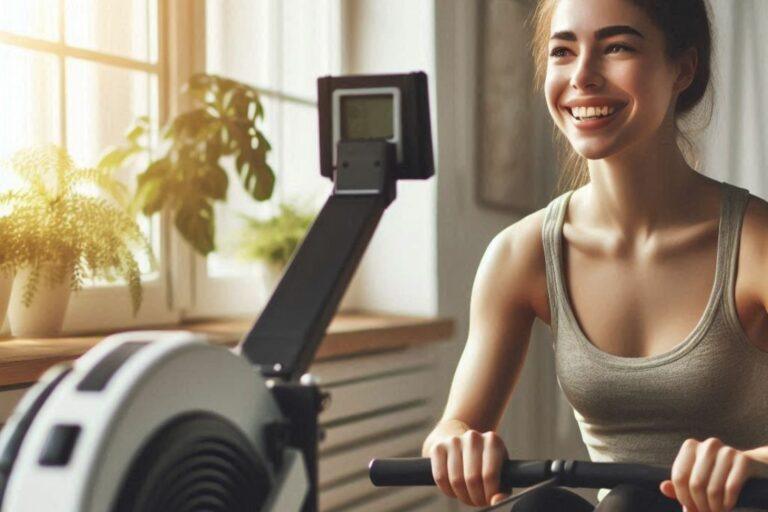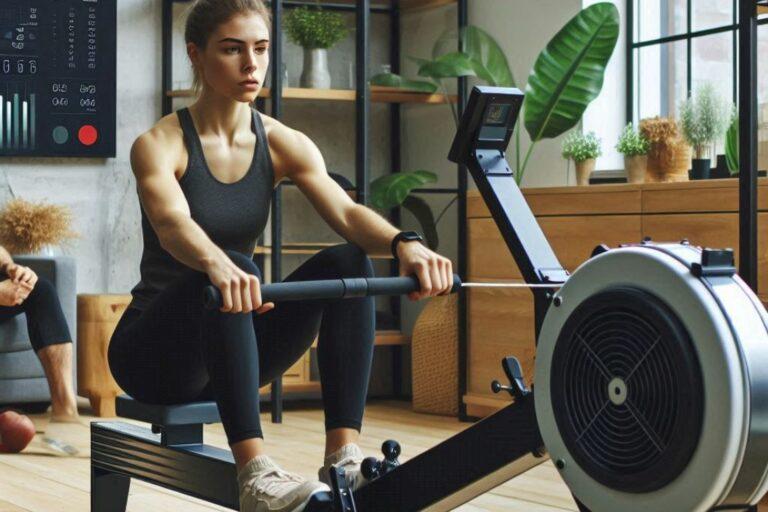Are you tired of rowing machine workouts that feel like endless, repetitive motions?
Are you struggling to see results and maximize your calorie burn on a rowing machine?

Many people find it challenging to get the most out of their rowing machine workouts.
They may not be using the right techniques or focusing on the right muscles.
This blog post will provide you with effective strategies and tips to help you maximize calorie burn and build strength on your rowing machine.
By following these guidelines, you can transform your rowing sessions into intense workouts that deliver results.
Understanding the Benefits of Rowing
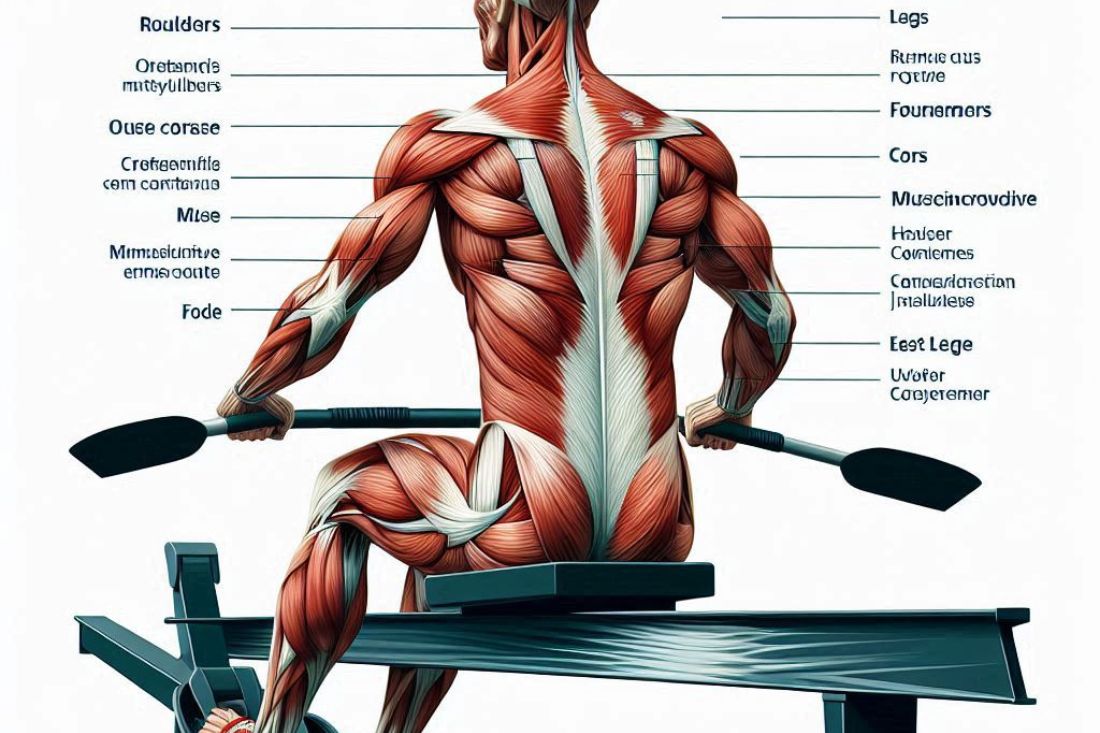
Rowing is a highly effective exercise that engages multiple muscle groups, making it a full-body workout.
This versatility contributes to its numerous health benefits.
Full-Body Workout
When you row, you engage muscles in your:
- Upper Body: Back, shoulders, arms, and chest
- Lower Body: Legs, glutes, and core
- Core: Abdominal and back muscles
This full-body engagement makes rowing a highly efficient way to burn calories and build strength.
Cardiovascular Health
Rowing is also an excellent cardiovascular exercise. It helps to improve:
- Heart Health: Regular rowing can lower your risk of heart disease, stroke, and high blood pressure.
- Endurance: Rowing can enhance your endurance and stamina, allowing you to perform activities for longer periods without fatigue.
- Overall Fitness: Rowing contributes to overall physical fitness by improving your cardiovascular health, strength, and flexibility.
Table 1: Benefits of Rowing
| Benefit | Description |
|---|---|
| Full-Body Workout | Engages multiple muscle groups, including upper body, lower body, and core. |
| Cardiovascular Health | Improves heart health, endurance, and overall fitness. |
| Weight Management | Helps with weight loss or maintenance. |
| Stress Reduction | Provides a physical outlet for stress relief. |
Maximizing Calorie Burn
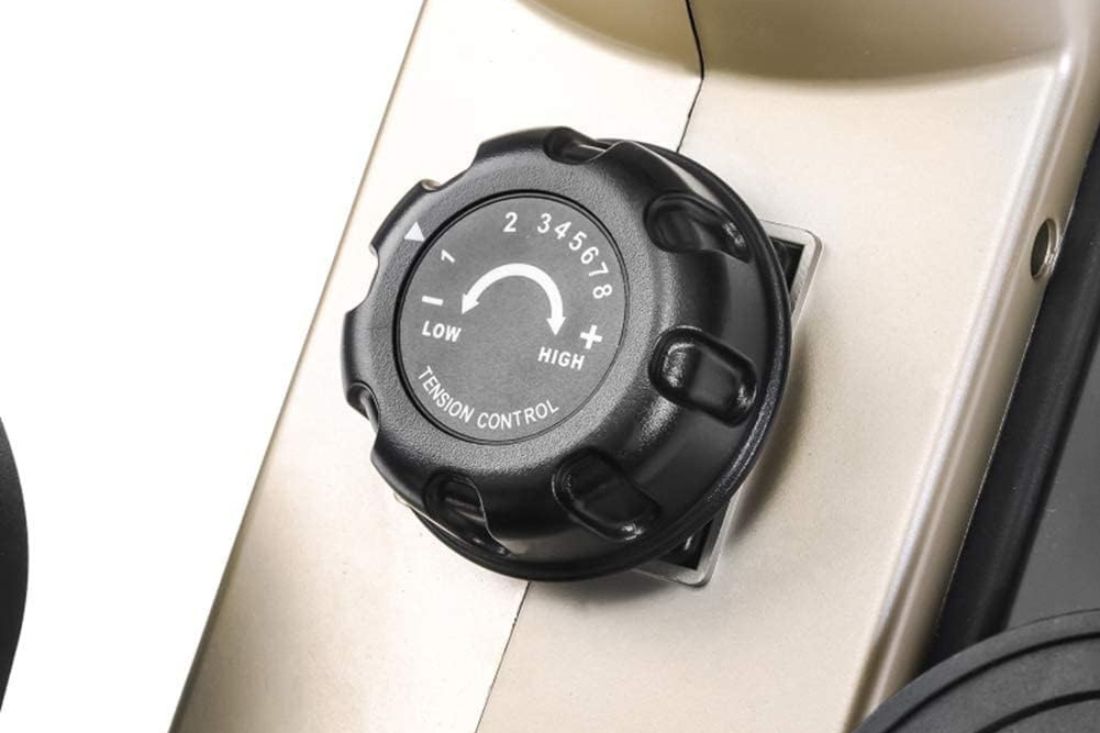
To maximize calorie burn on a rowing machine, it’s essential to focus on intensity, interval training, and resistance settings.
- Intensity and Duration: The harder you row and the longer you maintain that intensity, the more calories you’ll burn. Aim for a challenging pace that you can sustain for your desired workout duration.
- Interval Training: Incorporate interval training into your workouts to increase calorie expenditure. Alternate between high-intensity bursts and short recovery periods.
- Resistance Settings: Adjusting the resistance level on your rowing machine can impact calorie burn. Higher resistance settings will engage your muscles more, leading to increased calorie expenditure.
Table 3: Calorie Burn Estimates
| Weight (kg) | Calories Burned per 30 Minutes (Moderate Intensity) |
|---|---|
| 50 | 200 |
| 60 | 240 |
| 70 | 280 |
| 80 | 320 |
Note: These are estimates and actual calorie burn may vary based on individual factors.
Targeting Specific Muscles
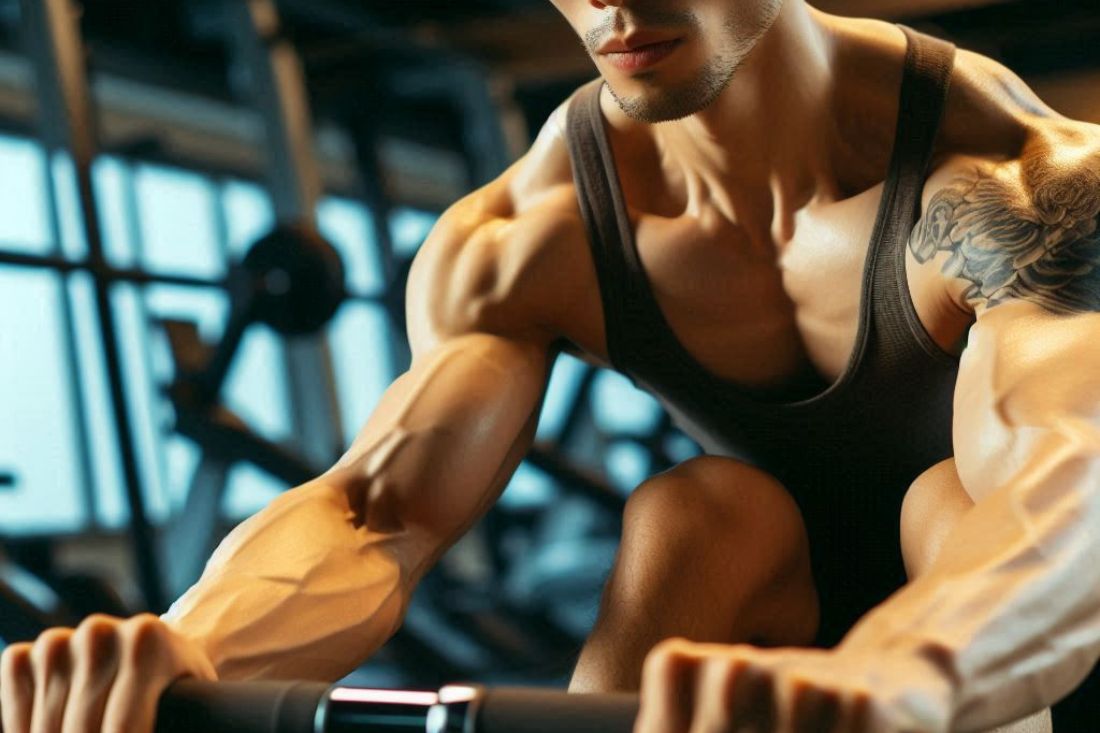
To focus on specific muscle groups during your rowing workouts, understanding the primary muscles engaged is essential.
Muscles Worked on a Rowing Machine
- Upper Body: Back (latissimus dorsi, rhomboids, trapezius), shoulders (deltoids), arms (biceps, triceps), chest (pectoralis major)
- Lower Body: Legs (quadriceps, hamstrings), glutes
- Core: Abdominal muscles (rectus abdominis, obliques), back muscles (erector spinae)
By understanding the muscles involved, you can tailor your rowing workouts to meet your specific fitness goals.
For example, if you want to focus on building upper body strength, you can adjust your rowing technique to emphasize the back and shoulder muscles.
Targeted Exercises
To target specific muscle groups, you can adjust your rowing technique and incorporate additional exercises.
- Upper Body: Focus on pulling with your back muscles rather than your arms. For a more targeted upper body workout, consider rowing with a narrower grip.
- Lower Body: Increase the cadence of your strokes to emphasize leg strength.
- Core: Engage your core muscles throughout the rowing motion to strengthen your abdominal and back muscles.
By understanding the muscles involved and incorporating targeted exercises, you can tailor your rowing workouts to meet your specific fitness goals.
Creating an Effective Workout Routine

Warm-up and Cool-down
A proper warm-up and cool-down are essential components of any effective workout.
- Warm-up: Gradually increase your heart rate and prepare your muscles for exercise. This can include light cardio activities like jogging, cycling, or rowing at a low intensity.
- Cool-down: Gradually reduce your heart rate and allow your body to recover. This can involve light stretching or walking.
Workout Structure
A well-structured rowing workout should combine cardio and strength training to maximize calorie burn and build strength. Here’s a sample workout routine:
- Warm-up: 5-10 minutes of light rowing
- Interval Training: Alternate between high-intensity rowing intervals (e.g., 30 seconds) and recovery periods (e.g., 30 seconds). Repeat for 15-20 minutes.
- Strength Training: Incorporate rowing-based strength exercises, such as rowing sprints or resistance training with rowing machine attachments.
- Cool-down: 5-10 minutes of light rowing and stretching
Progressive Overload
To continue seeing results, it’s important to gradually increase the intensity or duration of your workouts.
This is known as progressive overload.
This can involve:
- Increasing Resistance: Gradually increase the resistance level on your rowing machine.
- Increasing Duration: Gradually increase the length of your workouts.
- Increasing Intensity: Increase the speed or intensity of your rowing strokes.
Table 2: Sample Workout Routine
| Interval | Duration | Intensity |
|---|---|---|
| Warm-up | 5 minutes | Low intensity |
| Interval 1 | 30 seconds | High intensity |
| Recovery | 30 seconds | Low intensity |
| Repeat intervals 10-12 times | ||
| Cool-down | 5 minutes | Low intensity |
By progressively overloading your body, you can continue to challenge yourself and make progress towards your fitness goals.
Key Takeaways
- Maximizing calorie burn on a rowing machine requires a combination of intensity, technique, and consistency.
- Rowing is a highly effective full-body workout that can improve cardiovascular health and strength.
- Interval training and adjusting resistance settings are key strategies for increasing calorie expenditure.
- Focusing on specific muscle groups can help you tailor your rowing workouts to meet your fitness goals.
- Creating a well-structured routine that includes warm-ups, cool-downs, and progressive overload is essential for continuous improvement.
By implementing these strategies, you can transform your rowing machine workouts into a powerful tool for burning calories, building strength, and achieving your fitness objectives.
FAQs – Rowing Machine Workouts and Calorie Burn
Q: How many calories can I burn on a rowing machine in 30 minutes?
A: The number of calories you burn on a rowing machine in 30 minutes depends on your weight, intensity, and rowing technique. However, you can generally expect to burn between 200-350 calories in a 30-minute rowing workout.
Q: Is rowing a good way to lose weight?
A: Yes, rowing can be an effective way to lose weight. By incorporating rowing into your workout routine and following a healthy diet, you can burn calories and promote weight loss.
Q: How often should I row to see results?
A: Aim for at least 30 minutes of rowing exercise, 3-4 times per week, to see results. Consistency is key when it comes to achieving your fitness goals.
Q: Can I build muscle with rowing?
A: Yes, rowing can help build muscle, especially in your upper body, lower body, and core. By incorporating strength training exercises and varying the resistance level on your rowing machine, you can increase muscle mass.
Q: Is rowing a low-impact exercise?
A: While rowing is generally considered a low-impact exercise, it can still put stress on your joints, especially if you have pre-existing conditions. It’s always a good idea to consult with a healthcare professional before starting a new workout routine.
Testimonials
“I’ve been struggling to see results from my rowing workouts. After following the tips in this blog, I’ve noticed a significant increase in my calorie burn and overall fitness level.” – John, a dedicated rower
“I was amazed at how much of a difference interval training made. My workouts are now more challenging and rewarding.” – Sarah, a home gym enthusiast
“I had no idea how many muscles were engaged during rowing. This blog helped me understand how to target specific muscle groups and get the most out of my workouts.” – David, a fitness enthusiast
“I’m so grateful for the tips on creating an effective workout routine. I’ve been able to stay motivated and see consistent progress.” – Emily, a beginner rower
“This blog has been a game-changer for me. I’m now burning more calories and feeling stronger than ever.” – Michael, a fitness enthusiast
Credible Citations
- Investigating the Effects of Typical Rowing Strength Training Practices on Strength and Power Development and 2,000 m Rowing Performance. National Institutes of Health (NIH)(.gov)
- Nutritional Strategies to Optimize Performance and Recovery in Rowing Athletes. MDPI
Conclusion
By following the strategies outlined in this blog post, you can transform your rowing machine workouts into a powerful tool for burning calories, building strength, and achieving your fitness goals.
Key takeaways include:
- The importance of intensity, interval training, and resistance settings for maximizing calorie burn.
- The benefits of targeting specific muscle groups through targeted exercises.
- The value of creating a well-structured workout routine that includes warm-ups, cool-downs, and progressive overload.
Remember, consistency and dedication are key to achieving your fitness objectives. Start incorporating these tips into your next rowing session and see the difference for yourself.

